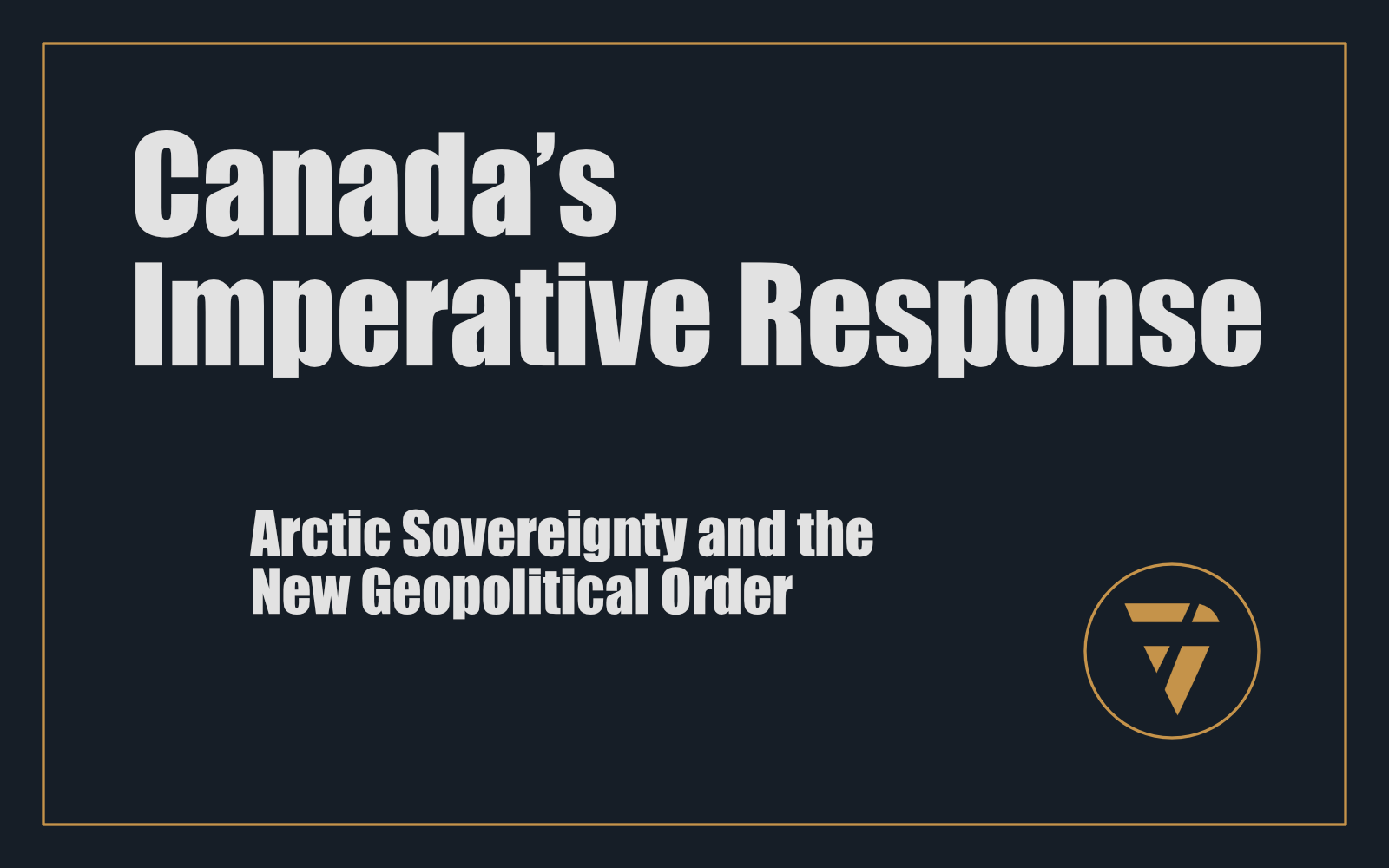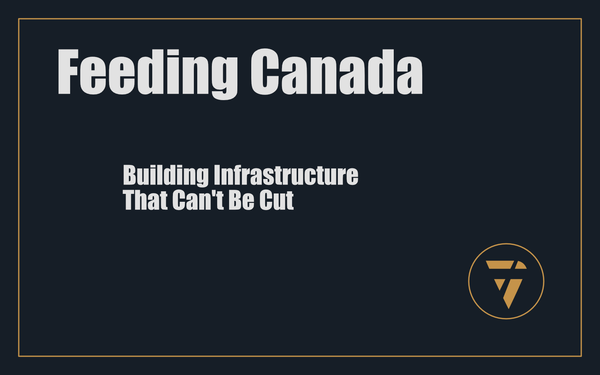Canada’s Imperative Response

Arctic Sovereignty and the New Geopolitical Order
Bob Rae’s comments about the U.S.'s strategic interests in Canada and Greenland have sparked necessary debate. The Arctic is no longer a frozen frontier, it's the next great geopolitical battleground. Climate change, resource wealth, and shifting power structures have transformed the region into a contested space where Canada’s sovereignty is at stake. The question is no longer whether external forces want control, but how does Canada secure its future in the Arctic?
The Greenland-Canada Gambit: Theft or Strategy?
The U.S. has long sought a dominant presence in the Arctic. From the Alaska Purchase (1867) to the Trump administration’s attempt to buy Greenland (2019), the pattern is clear. The Northwest Passage—once an inaccessible dream—is becoming a viable shipping route, cutting 40% off transit times between Asia and Europe. Control over this passage isn’t just about economics; it's about strategic leverage.
Putting the Arctic Ocean closer to the center, this brings the Greenland Canada gambit into focus. It is a grab for power, money, water, and resources, also giving the US complete control over the Northwest Passage. Fentanyl and the border are a smokescreen for a much bigger project: theft.
— Bob Rae (@bobbyrae48.bsky.social) 2025-03-16T15:44:06.172Z
The Real Stakes: Resources, Power, and Water
Canada’s Arctic contains:
- 30% of the world’s untapped natural gas and 13% of its oil reserves
- Vast deposits of rare earth minerals essential for global technology industries
- The world’s largest freshwater reserves
The U.S., like China and Russia, recognizes that securing Arctic resources is an existential economic and security imperative. The border disputes, fentanyl crisis, and security rhetoric serve as distractions, smoke screens for deeper territorial and economic ambitions.
A History of Encroachment: Canada’s Quiet Concessions
Canadian sovereignty in the North has been repeatedly challenged:
- The Manhattan Incident (1969): The U.S. sent an icebreaker through the Northwest Passage without permission.
- The USS Polar Sea (1985): The U.S. ignored Canadian protests and sent a vessel through what Canada considers internal waters.
- The NORAD Evolution (2021-2024): Expanded North American military integration has eroded Canada’s ability to unilaterally defend its Arctic sovereignty.
Each of these events highlights a troubling reality: Canada asserts sovereignty through diplomacy, while other nations assert it through action.
Canada’s Strategic Response: Beyond Legal Filings
Canada has relied too heavily on UNCLOS (United Nations Convention on the Law of the Sea) filings and diplomatic protests to stake its claim. But international law is only as strong as the political will to enforce it. What’s missing is an active and forceful assertion of Arctic control, one that goes beyond policy papers.
1. Military Readiness: A Fleet for Arctic Defence
Canada needs an Arctic-capable military force, not just for defence but for deterrence. This includes:
- A fleet of nuclear-powered submarines capable of year-round Arctic operations.
- Ice-hardened patrol vessels with the range and endurance to enforce sovereignty.
- A permanent Arctic military presence with bases in Nunavut, the Northwest Territories, and Yukon.
2. The Canada-Greenland-Nordic Alliance
Rather than allowing itself to be drawn into an adversarial posture, Canada must create a counterbalance to U.S. expansionist policies by forging deeper alliances. A Canada-Greenland-Nordic security pact could establish:
- Joint Arctic surveillance and maritime control systems.
- Coordinated resource management strategies to prevent economic coercion.
- A unified diplomatic front within NATO and the Arctic Council.
3. Economic Fortification: Arctic Investment and Development
- Resource Sovereignty: Canada must own, control, and refine its Arctic resources rather than leaving them to foreign corporate interests.
- Indigenous Economic Leadership: True Arctic sovereignty requires integrating Indigenous governance models into the economic framework. Inuit communities are not passive bystanders in this struggle; they are the frontline defenders.
- Infrastructure Development: Deepwater ports in Iqaluit and Tuktoyaktuk, expanded icebreaker fleets, and logistical supply chains to counter foreign dependency.
The Future of the Arctic: Who Writes the Next Chapter?
Arctic sovereignty is not just a territorial concern, it's an existential economic and strategic battle. Canada’s choices today will determine whether it remains a steward of its own destiny or becomes a pawn in a larger geopolitical game. The time for passive defence is over. The Arctic will belong to those who act, not those who appeal to international law.
Canada must act. Now.
This is what I’m working on. Tell me what you think, I enjoy the conversation! Subscribe and follow the work in real time.
Thanks!
B

The Arctic won’t be defended with legal filings. Sovereignty is asserted through presence, infrastructure, and control.
Canada must lead in the Arctic, not react. Build the fleet. Secure the resources. Forge the alliances.
The Arctic belongs to those who act. Not those who appeal.
Canada doesn’t have 10 years to figure out the Arctic. We don't have 5. The U.S. is not our Arctic ally, it’s the takeover threat. If we don’t build bases, ports, and industry now, we won’t be debating sovereignty. We’ll be begging for scraps. Get to work. proconsul.ghost.io/the-fate-of-...
— Proconsul 🇨🇦 (@proconsul.bsky.social) 2025-03-03T11:45:38.748Z
PS -

What else should we be building Joe?






